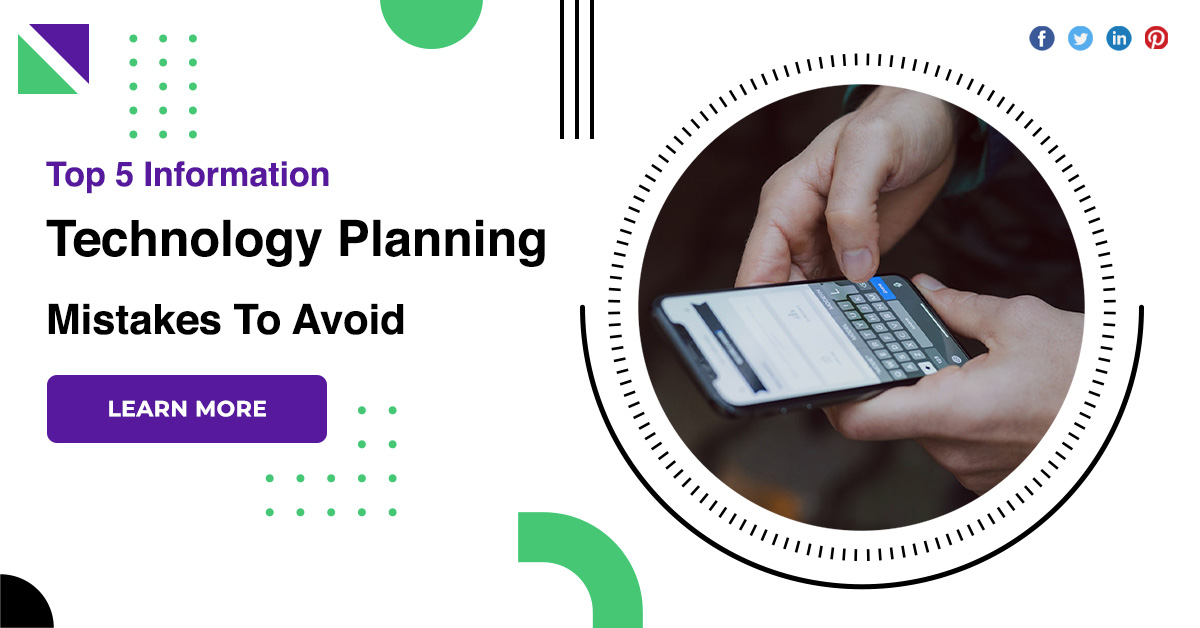When it comes to marketing, the days of a one-size-fits all approach are over. With new customer segmentation and targeting capabilities, brands can create personalized marketing campaigns and product experiences that treat each customer as a real person, not just one small part of the overall customer base.
Customer segmentation looks different depending on the type of data used to segment. Brands can segment and target customers based on the following data types:
- Demographic: Answers the “who” question. Demographic data typically includes age, gender, income, ethnicity and education level.
- Firmographic: Also answers the “who” question but for B2B. Data points often include industry, number of employees, or revenue.
- Geographic: Answers the “where” question. Outlines the location data of a customer or business.
- Behavioral: Answers the “what and when” question. Data indicates actions customers have taken and when they took those actions.
- Psychographic: Addresses the “why” question. Psychographic data helps explain customer behavior with customer emotion and feelings.
Psychographic, or emotional data, is the key element of segmentation most often overlooked by brands. At Apptentive, we believe measuring and acting on customer emotion is critical to creating customer love and generating higher customer lifetime values.
Let’s discuss why your brand should start segmenting by customer emotion and provide some tips on how to do it!
Why customer segmentation by emotion matters
Improved personalization and targeting
Personalization is now an expectation from today’s consumers. 80 percent of customers are more likely to make a purchase from a brand that personalizes their experience.
Personalized customer interactions are the key to short-term retention and long-term loyalty. Personalization centers on delivering the right message, to the right person, via the right medium, at the right place and time.
Segmenting your customers by their emotion creates personalized experiences for your customers; both the happy and the unhappy ones.
Brands now have access to precise in-app targeting capabilities, which are necessary to personalize customer interactions and messaging . With tools like Apptentive, brands can use customer emotions and shifts in customer sentiment over time to trigger targeted and personalized actions.
Customer segmentation by emotion helps brands treat each customer as a unique individual with real emotions. For example, you can target unhappy and happy customers with different communications based on their emotions. We’ll dive into what this kind of personalization looks like later on in the post!
How to segment by emotion
We mentioned earlier that many customer segmentation strategies overlook customer emotion. This is because measuring customer emotion can be trickier and less concrete than demographic or geographic segments.
Luckily, there are some great tools and methods, especially on mobile, to help you collect emotional data and use it to segment your customer base.
NPS+
NPS+ is a simple solution that helps our customers get more actionable and meaningful emotional data from their NPS surveys. NPS+ takes traditional NPS surveys a step further by diving into the “why” behind each NPS response.
Standard NPS surveys lack the customer emotion needed to contextualize the numerical score provided. By simply asking customers, “Why did you choose this score?” after the traditional rating question, customers can give their unstructured feedback. This feedback provides context to the score and helps brands better understand customer emotion behind that specific rating.
Love Dialog
The Love Dialog is a simple, powerful starting point for understanding customer emotion. It’s a simple question: “Do you love our app?”. Depending on the answer you receive, you can learn so much about your customers’ experience and their emotion towards your brand in the moment.

“Love” is a strong word people may not associate with most products or experiences. We use the word “love” rather than “like” because it’s an emotional stop word. By that, we mean it literally stops people in their tracks when they see it and elicits an immediate, emotional response. It causes people to take a stance: Are they a fan of your app, or are they at risk of not using it again?
Even better, recurring Love Dialog prompts allow you to see changes in sentiment over time and then retarget customers when their emotion towards your brand shifts negatively or positively.
Fan Signals®
While the first two methods help you collect emotional data, Fan Signals® assists with the actual customer segmentation process, specifically segmentation based on expressed customer emotion.

Fan Signals are derived from recurring Love Dialog interactions, with consumers being characterized as either a Fan or Risk. As you capture data from the Love Dialog, Apptentive automatically segments your customers into one of several Fan Signals groups, based on their Love Dialog responses over time.

You’ve segmented your customers by emotion, now what?
You’ve collected emotional data with NPS+ surveys and the Love Dialog. Fan Signals has segmented your customers based on their expressed emotion. But what do you do now?
Customer segmentation isn’t done for the sake of customer segmentation. Brands segment so they can take hyper-personalized and targeted actions. Here are a few examples of targeted actions made after segmenting customers by emotion:
Engage your fans
Fans are your brand’s happiest customers and biggest advocates. This customer segment is a tremendous asset and should be treated as such. Once you identify the customers who love your brand, you can retarget them by:
- Sending an app store ratings prompt, so that you can improve app ratings and increase positive reviews .
- Sending a Note asking if they would like to share a referral link to their friends and family.
Win back your unhappy customers
It can be difficult to identify unhappy customers and reach them before they churn. Even once you identify them, it’s often too late.
If you constantly track customer sentiment for the same customers over time, you’ll be able to see exactly when a shift in sentiment occurs and react in real time. You can then quickly follow up and ask for more information on why they are unhappy and potentially offer them deals or discounts to stay with you.
Conclusion
Customer emotion is just one way to segment your customers, but we believe it is one of the most important ways to create personalized experiences for all of your customers. Not only does gauging and acting on emotion create customer love, it drives long term loyalty and growth for your brand.
If you are interested in improving your customer segmentation capabilities, we are here to help. Request an Apptentive product demo or sign up for a 30 day free trial!





















Discussion about this post